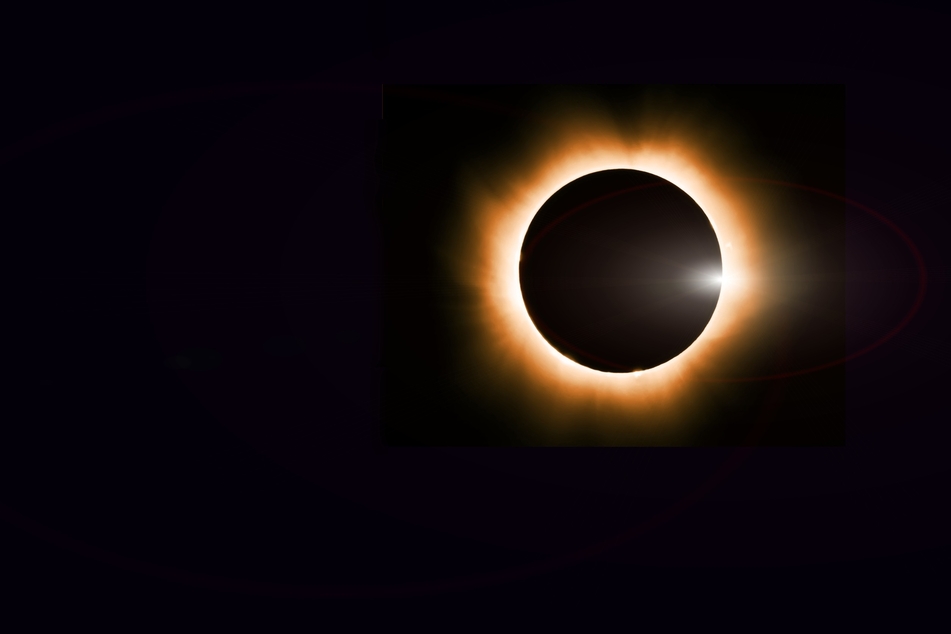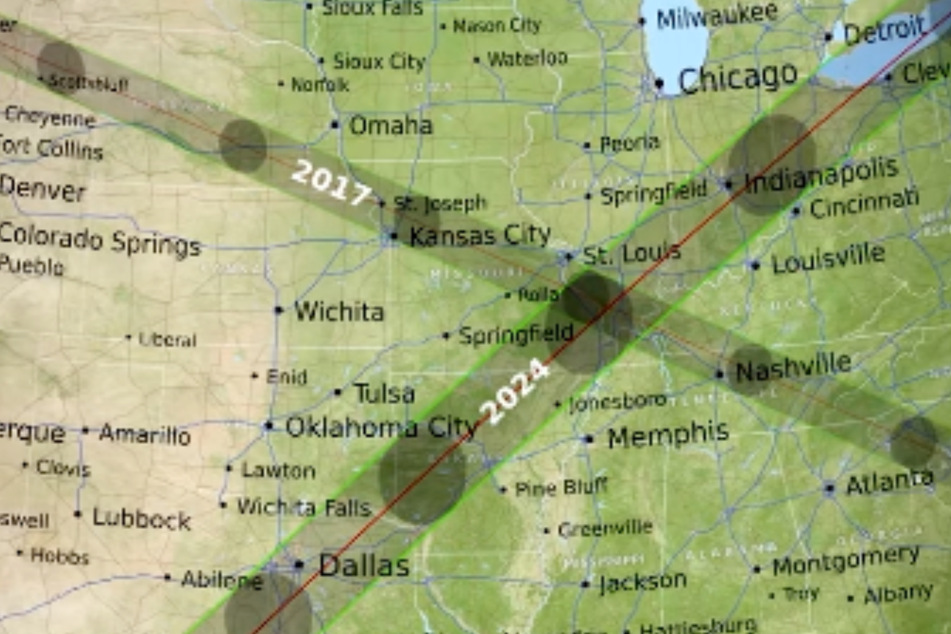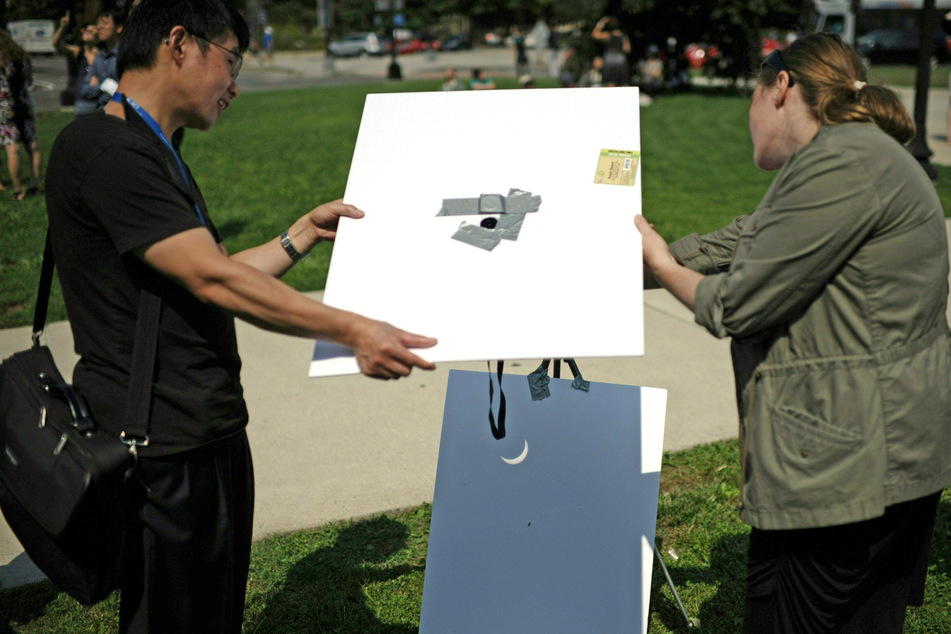How to watch the total solar eclipse on April 8, 2024
With a total solar eclipse coming up April 8, here's everything you need to know to take a safe gander at the astronomical phenomenon of the decade!

The 2024 total solar eclipse is one you don't want to miss out on.
On Monday, April 8, the Moon will pass directly in front of the afternoon Sun and block its light, creating that special celestial phenomenon of the total solar eclipse. Midday will turn dark, and even the bees will freak out.
This eclipse will boast a longer run time than the last observed on the continental US in 2017 – 4 minutes and 28 seconds!
Scientists also estimate that 31.6 million people live in the path of totality. That's the narrow strip of land in which the Moon totally blocks out the Sun and reveals a glowing white ring called the corona. Those near the path of totality will be able to see a partial solar eclipse, meaning the Sun will look like the Moon took a bite of it.
North America won't see another total solar eclipse for more than 20 years after this, so here's how to make the most of this special event.
Where can you see the 2024 total solar eclipse

This year's phenomenon will be visible in a band of the mainland US that stretches through a whopping 13 states from Texas, to Ohio, to Maine.
The main event will occur somewhere between 12:30 PM and 4:30 PM, depending on your location and time zone. NASA has a tool that allows you to type in your zip code and see what the eclipse will look like in your area.
While many Americans caught a glimpse of the 2017 total solar eclipse in rural areas, the 2024 eclipse will darken skies over many urban areas like, Dallas, Texas, as well as Little Rock, Arkansas and Carbondale, Illinois. Other large urban centers will be close. Chicago will see 94% totality, New York gets 90%, Atlanta as much as 82%, and 49% in Los Angeles.
Scientists say that making the effort to place you into the path of totality is worth it.
How to safely watch the 2024 total solar eclipse

A solar eclipse is a truly stellar celestial event, but it can also be dangerous without the right equipment. Looking directly at the Sun can permanently injure your eye's light-sensitive retina, and to make matters worse, you probably won't feel it.
NASA advises that you wear eclipse glasses if you want to look right at the hot happening. Sunglasses and welding shields won't cut it. Additionally, viewing the bright Sun through a camera lens or binoculars without the appropriate filter could instantly cause severe damage.
"Solar viewers are safe if they comply with the UV, visible, and IR transmittance requirements of the ISO 12312-2 standard for filters for direct observation of the Sun," the American-Astronomical society says. They've also compiled a list of vendors with safe products.
That said, there are a few minutes during this special event where it is safe to look up. During totality, when the Moon is completely covering the Sun, you can take a peek.
In fact, you'll only be able to see the Sun's special ghostly ring – or corona – without eclipse glasses. Just remember to pop them back on as the Moon moves on.
If you can't get your hands on a pair of appropriate specs in time, you can also use a make a pinhole projector to get an indirect view of the amazing event
Better yet, you can watch the whole thing with no threat to your retinas online in with NASA's live broadcast.
When will the next total solar eclipse happen in the US?
Per NASA, after the April 8 the next total solar eclipse won't cross over the until August 23, 2044. What's more, that eclipse won't be nearly as accessible as this year's for most Americans. In 2044, the eclipse will only touch north-west states of Montana, North Dakota, and South Dakota, according to the Planetary Society.
Keep your fingers crossed for clear skies and enjoy the astronomical phenomenon of the decade. Happy 2024 total solar eclipse viewing!
Cover photo: 123rf/PaulPaladin
